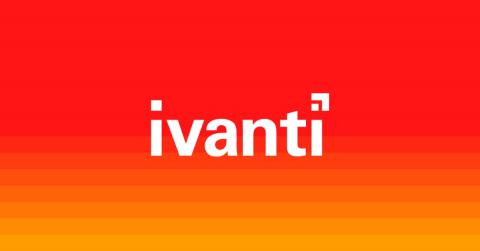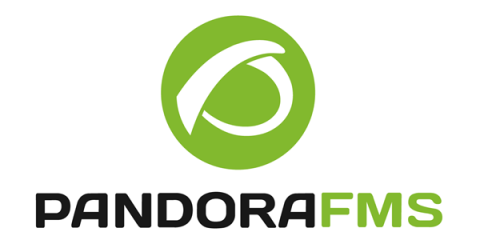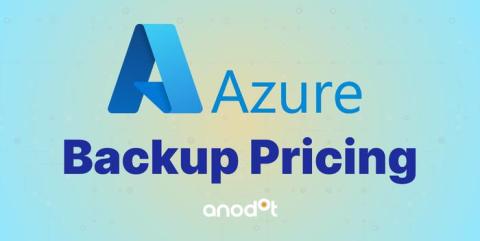Dynatrace vs AppDynamics - A Feature Comparison Guide
Dynatrace and AppDynamics are two of the most well-known Observability and monitoring tools. Even though they share many features, they have several differences that might make you choose one over the other. Dynatrace is great for comprehensive system performance monitoring. It covers everything from infrastructure and application performance to log management and real user monitoring. AppDynamics, on the other hand, focuses more on application performance and business transactions.











